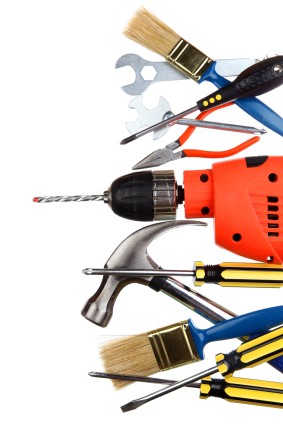 “I’ll give you your money as soon as I get mine.” It is a frequently-heard promise around home remodeling and new construction projects, particularly those using subcontractors. “Joint Check Agreements” are an easy way to control the flow of money from payer to general contractor – and in some cases to expedite payments to subcontractors.
“I’ll give you your money as soon as I get mine.” It is a frequently-heard promise around home remodeling and new construction projects, particularly those using subcontractors. “Joint Check Agreements” are an easy way to control the flow of money from payer to general contractor – and in some cases to expedite payments to subcontractors.
But joint check agreements can cause problems for everyone involved, if mishandled. Talking to a construction attorney might be a great idea before accepting jointly payable checks, or issuing them.
Consider these points:
- The joint check rule, adopted by many states, provides that when the payer (perhaps the owner or general contractor) makes a subcontractor and a supplier co-payees, and one party endorses the check over to the other (perhaps to facilitate negotiation), both parties are deemed fully paid, without regard to how the proceeds are actually split.
- Sometimes joint checks are actually payable to 3 parties (say, a subcontractor, a lower tier subcontractor and the supplier). It is important to make sure there is no implied liability on the part of the payer to assume the liability for paying the lower tier subcontractors or suppliers. The responsibility of the payer needs to be explicitly limited.
- Don’t assume everyone in the contracting chain is agreeable to joint checks. Take care to negotiate a formal joint check agreement with all parties before you start using them.
Joint checking agreements and using joint checks are effective ways to manage expense control and payments on construction projects. But it is important to set up formal processes to handle them properly. Good communication with all parties involved, and consultation with a construction attorney, is recommended.

